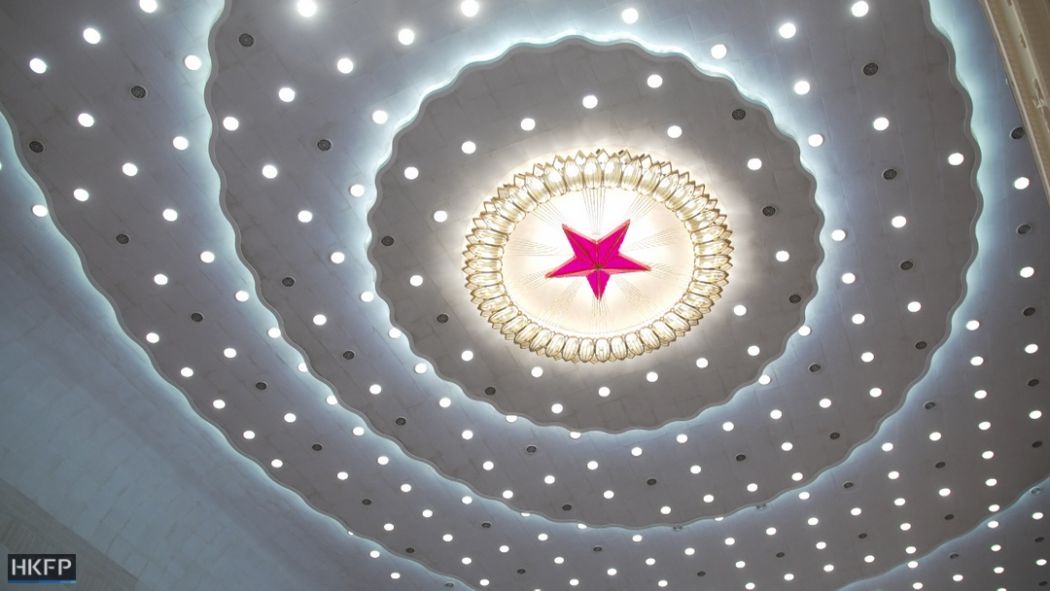Two and a half years ago your columnist argued here and elsewhere that China’s economic model was not an example for the world. It was a counterintuitive story, because the 2008 financial crisis was still fresh in our memories and China seemed to have weathered that storm much better than many ‘free market’ countries.
In fact one of the things that the crisis proved is that those ‘free market’ countries did not have very free markets in finance, but let us leave that aside. At the time I did not have the necessary background information to prove a more important point.

Not only was the Chinese model not very good for the world, it was not a very good model for China, either. Indeed, I have since come to believe that the Communist Party of China has overseen really poor economic performances.
It is, more or less, what one might have expected knowing that the rule of law would be absent, markets would not be allowed to function effectively, overt and hidden state subsidies would be rampant, and the Party would demand both its share of the profits and seats in the boardrooms.
It could have been worse, of course – there was the utter chaos, misery, and mass starvation that the Communist Party unleashed in earlier attempts to stimulate the economy. Moreover, the handful of other remaining Communist-ruled countries are doing worse, not in the least those trying to emulate China, such as Vietnam. But even after the CPC stopped doing so much active destruction, the People’s Republic has results that are, well, unimpressive.

The China model would have been a good alternative for a Roman model if there had been a WTO in the first millennium because by 1000 AD, China was top of the rankings. That should not come as any great surprise to anyone who knows about the various Chinese inventions that were well ahead of western counterparts: gunpowder, the wheelbarrow, paper money, even very big ships.
By 1500, China was a bit behind Italy and Belgium, but not much different from most of the rest of western Europe, and it was still growing quite well and managing to spread that wealth, for all we can see from such patchy data.
As late as 1870, China was not far from the GDP per capita of a range of Asian countries or territories for which Maddison now has estimates – about on par with Korea, Taiwan, and Thailand, and only a bit behind Japan, Hong Kong and Singapore.
In the year the Communist Party of China was founded, China was still not as down and out as the modern historical narrative of evil western and Japanese imperialism would suggest, but by the time Mao died, in 1976, the country was deep, deep down on the rankings.

But the modern success story? Firstly, pointing out that the CPC has managed to lift so many people out of poverty ignores the simple fact that it has done its Marxist best to push them that far down in the first place.
Secondly, what successes, exactly? When it comes to per capita income China has rocketed past… the Philippines and Sri Lanka! It still trails the rest of the Asian pack rather badly.
And this is not Kenya or Botswana, countries that have managed to grow despite never having been wealthy places. No, this is a country that once and for centuries had people with the highest living standards anywhere in the world.
Thirdly, China is a country in a region where many have done much better on per capita numbers: South Korea, Japan, Singapore and Taiwan. The latter manages to succeed even while it struggles to maintain independence and lives under constant threat of violent invasion.
On the IMF’s full list of countries, the PRC is now 79th out of 187 in the GDP per capita ranking. Average real GDP per capita is a touch behind that in the Dominican Republic and a little ahead of Brazil.
Perhaps China’s growth rates are faster than those places and it will overtake the laid back Dominicans as it has the geographically challenged Sri Lankans. That would require us to take at face value the official statistics from the Chinese government and ignore the massive dangers building up in one of the largest credit booms in history.
There is no sign of Chinese per capita incomes catching up to those of the leading countries any decade soon. Indeed, if credit crunches nastily, the gaps would even widen again for some years.
By the time the USSR collapsed, it was in relative terms where China was in 1850. Again speaking relatively, Chinese per capita GDP is still behind that of the USSR in 1989. All this should lead to the conclusion that, yes, there were definitely horrible external influences, but the foremost culprit of China’s economic woes is the Communist Party of China.
It is great when people are lifted out of poverty and the sheer scale of China makes the numbers impressive, but when one drills down to per capita results of the so-called Chinese economic miracle, there is more myth-making than actual miracle there.
The destruction of China was not primarily done by outsiders. The People’s Republic did not face uniquely bad external threats, such as those facing tiny Israel, which managed to grow in the same time that the CPC went about destroying the Chinese economy.
A fireman does not deserve credit for putting out a fire if he is in fact an arsonist. Indeed, the Communist Party of China has done a mediocre job at cleaning up after itself. A country with such a past and such huge potential deserves better.
This is the English version of a monthly column in the Dutch daily Nederlands Dagblad, in which the author focuses on trade, China and the global disorder of our times.
